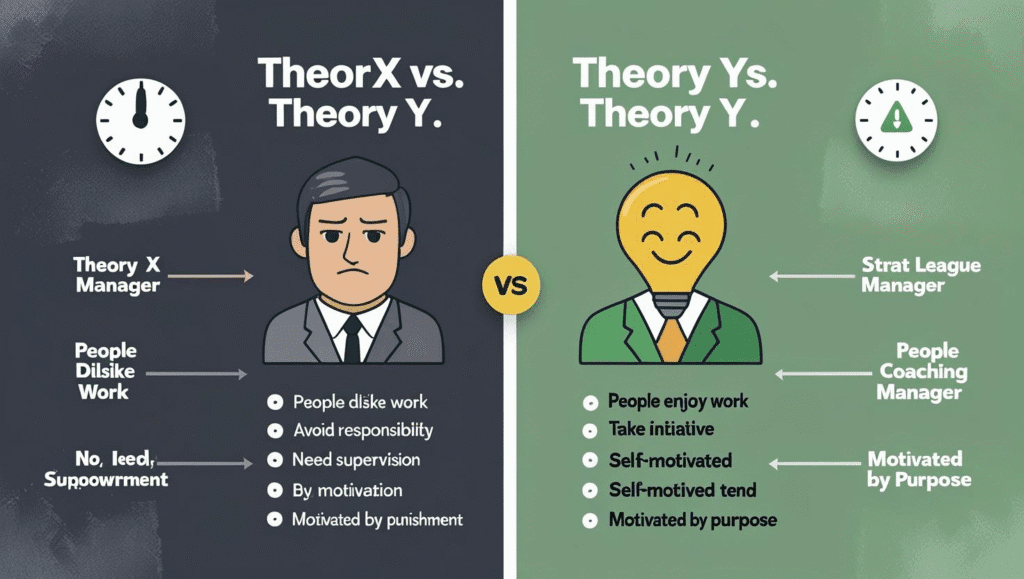The 5 Key Steps of Organizing: A Practical Guide for Managers
For any growing business, moving from a great idea to a successful enterprise requires structure. Organizing, a core function of management, is the process of defining and arranging work, roles, and resources to efficiently achieve an organization’s goals. It transforms chaotic effort into coordinated action. Mastering these fundamental steps is essential for scaling up, whether you’re a tech startup in Silicon Valley or an established retail firm in New York.
The Organizing Process: A Step-by-Step Framework ⚙️
Organizing is a logical, systematic process that can be broken down into five essential steps. Following this sequence ensures that a solid and effective organizational structure is created.
-
Step 1: Identification & Division of Work
The first step is to break down the total workload into smaller, specific jobs. This division of work is based on the principle of specialization, ensuring that tasks are performed by individuals who are skilled in that area. This prevents duplication of effort and increases efficiency.
Example: A Retailer’s E-commerce ExpansionA popular retail chain wants to build a new Digital Marketing department. The total work, “Promote Online,” is divided into specific tasks: Search Engine Optimization (SEO), Social Media Management, Paid Advertising (PPC), Content Creation, and Customer Analytics.
-
Step 2: Departmentalization (Grouping Activities)
Once work has been divided, similar and related jobs are grouped together into larger units, such as departments, divisions, or sections. This grouping, or departmentalization, can be done based on function (e.g., marketing, finance), product, territory, or customer type. This facilitates coordination and specialization.
Example: Forming TeamsThe retailer groups the jobs logically. SEO and PPC are grouped into a “Performance Marketing” team because they are both data-driven. Social Media and Content Creation are grouped into a “Brand & Content” team because they are both creative functions. These teams form the new Digital Marketing Department.
-
Step 3: Assignment of Duties
After creating departments, the next step is to allocate the work to individual employees. This involves clearly defining the responsibilities and duties for each position and matching them with the skills and qualifications of the personnel. A well-defined job description is crucial at this stage.
Example: Allocating RolesA person with strong analytical skills is hired as the “PPC Specialist.” A skilled writer and photographer is assigned the “Content Creator” role. Each person receives a clear job description outlining their specific duties, such as managing ad budgets or producing two blog posts per week.
-
Step 4: Establishing Reporting Relationships
Simply assigning duties is not enough. Each individual must know who they take orders from and to whom they are accountable. This step creates the hierarchy or “chain of command.” It involves defining the levels of authority and responsibility, clarifying who reports to whom, and establishing the formal lines of communication.
Example: Creating the HierarchyThe PPC Specialist reports to the “Performance Marketing Lead.” The Performance Marketing Lead, in turn, reports to the “Head of Digital Marketing.” This structure ensures that information flows correctly and everyone understands their place in the organizational hierarchy.
-
Step 5: Coordination of Activities
The final and ongoing step is to ensure that all the separate activities and departments work in harmony towards the common organizational goals. This involves creating mechanisms for communication and collaboration across departments to avoid conflict and silos. Effective coordination is the glue that holds the structure together.
Example: Ensuring TeamworkThe company establishes a weekly meeting where the Content team shares upcoming promotions with the PPC team to align their ad campaigns. They use a shared digital platform like Asana to track project dependencies, ensuring everyone is working in sync.
Conclusion: The Blueprint for Success 🚀
Organizing is the architectural phase of management. It provides the essential framework that allows a company to implement its plans effectively. This process isn’t a one-time event but a continuous function that must adapt to growth, technological changes, and new market challenges. A well-organized company is an efficient, scalable, and resilient one, poised for long-term success.
Frequently Asked Questions 🤔
Planning is the first function of management; it involves setting goals and deciding *what* to do and *how* to do it. Organizing is the second function; it involves arranging the resources (people, work, materials) to implement the plan. In short, planning sets the destination, and organizing builds the vehicle to get you there.
Span of control refers to the number of subordinates a manager can effectively supervise. It’s a key consideration in Step 4 (Establishing Reporting Relationships). A “narrow” span of control (few subordinates per manager) creates a “tall” organization with many hierarchical levels. A “wide” span of control (many subordinates per manager) creates a “flat” organization with fewer levels. The right span depends on the complexity of the work and the skill of the employees.
Recommended Tools & Resources 📚

Reinventing Organizations
A must-read for modern leaders looking to move beyond traditional hierarchies and explore more soulful, purposeful organizational structures.
View on Amazon
The 7 Habits of Highly Effective People
A foundational book for personal and professional organization. Its principles help create the personal effectiveness that any good structure relies on.
View on Amazon
Full Focus Planner
A physical planner designed to help you organize your daily tasks, set quarterly goals, and stay aligned with your long-term vision. Ideal for managers.
View on Amazon

